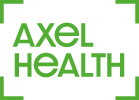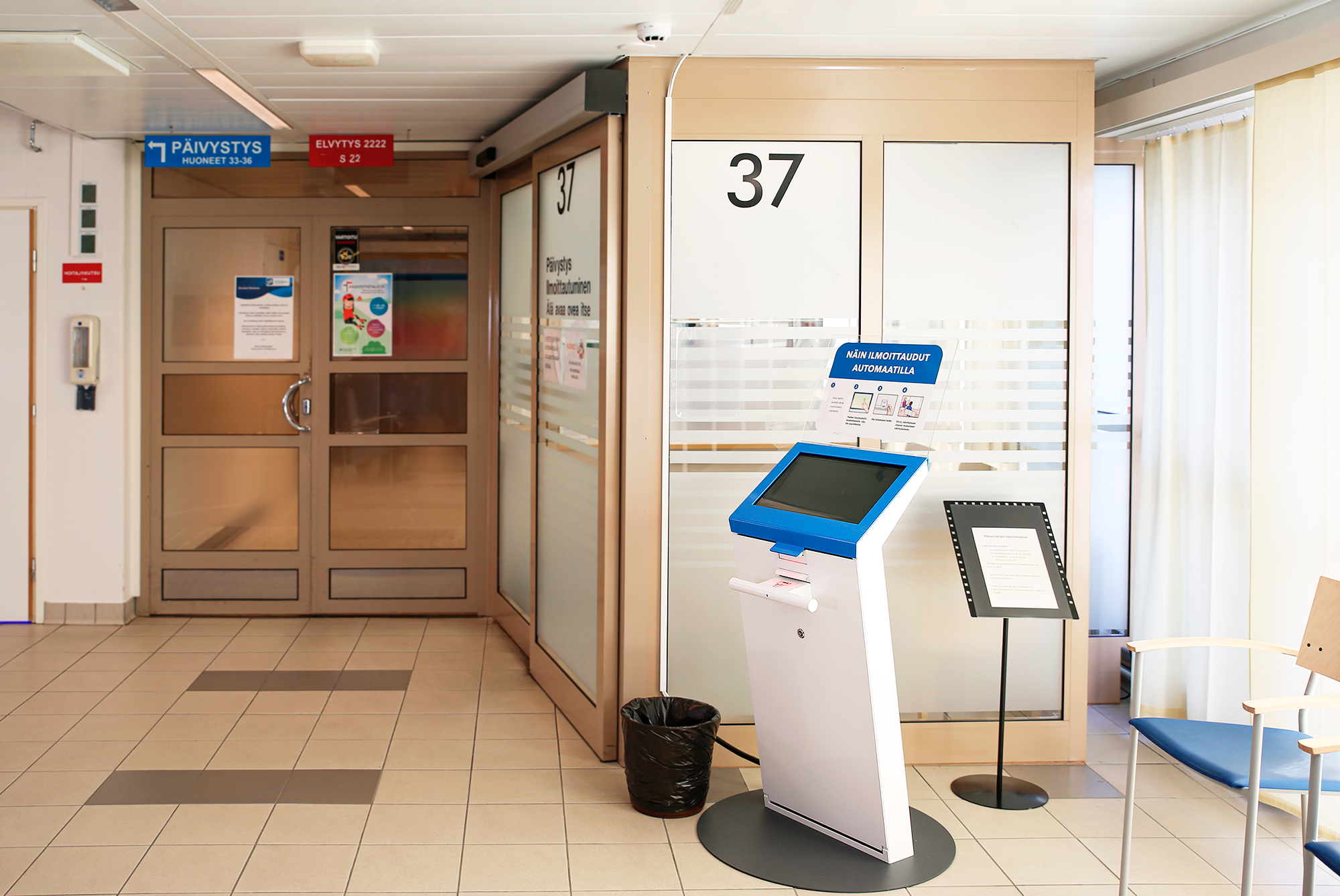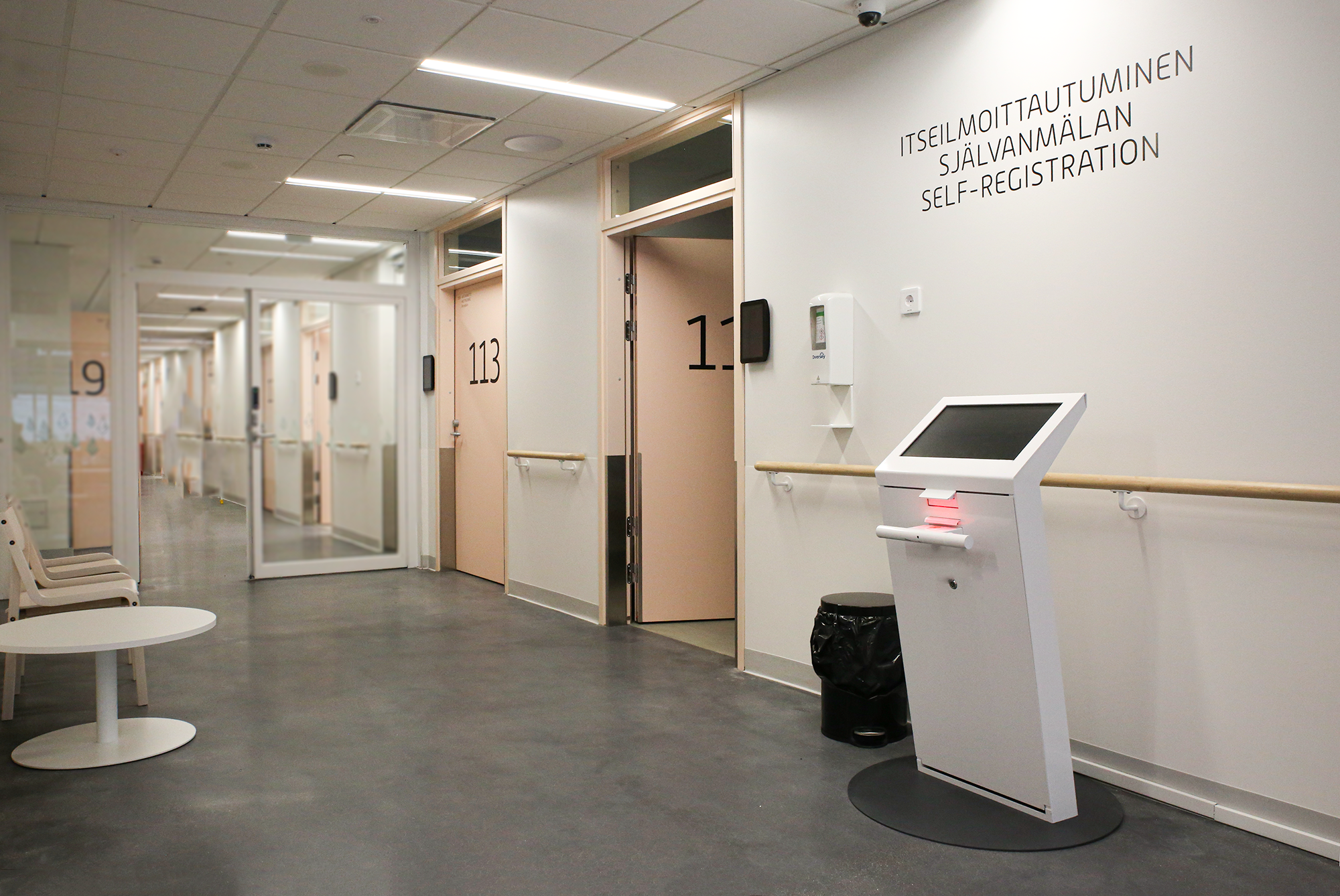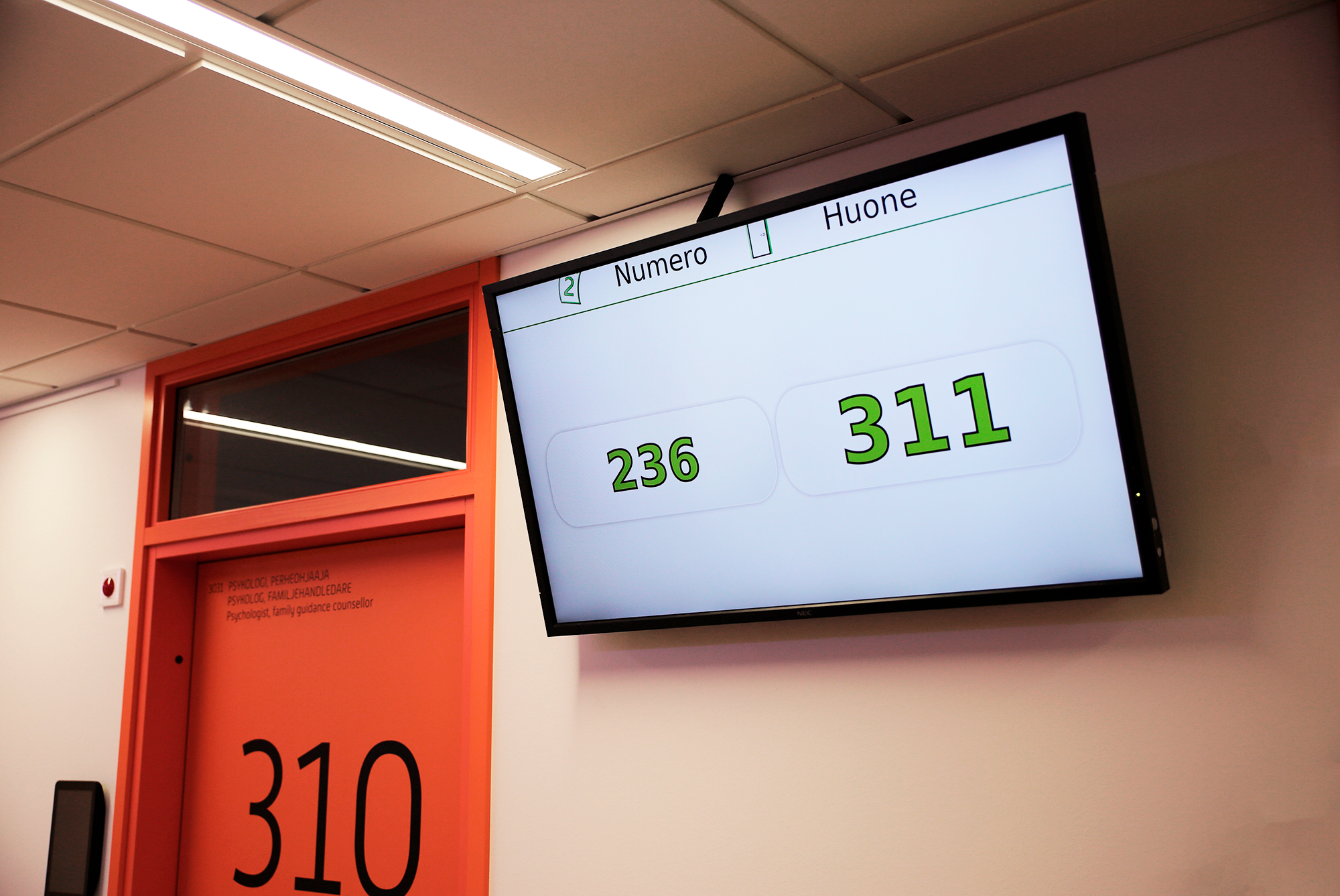Emergency units in hospitals are often busy and chaotic environments where patients require prompt attention for a wide range of medical conditions. One of the most critical parts of the emergency care process is the check-in process, which involves collecting patient information, assessing the severity of their condition, and prioritizing treatment based on urgency. However, the check-in process can be time-consuming, leading to longer wait times for patients and increased workload for hospital staff. In this blog post, we will explore how automating the check-in process can help emergency units improve efficiency and enhance the patient experience.
Self-service kiosks and mobile applications
One way to automate the check-in process is to implement self-service kiosks where patients can check in and provide basic information such as their name, contact information, and reason for their visit. This helps reduce the workload for hospital staff and speeds up the check-in process. Patients can also use the kiosks to update their information, such as insurance and medical history, which improves accuracy and reduces errors. Self-service kiosks are particularly useful for patients who may not be fluent in the local language or have difficulty communicating with hospital staff.
Another way to automate the check-in process is through the use of mobile applications that allow patients to check in remotely, provide information about their symptoms, and receive updates on their estimated wait time. This can help reduce the need for patients to physically come to the emergency unit, and can also help staff prioritize patients based on the severity of their condition. Patients can also use the mobile application to receive information about their treatment plans and schedule follow-up appointments. Mobile applications are particularly useful for patients who may have difficulty traveling to the hospital or who require ongoing care.
However, the triage process in emergency units involves a combination of technology and human judgment to prioritize patients based on their symptoms and the urgency of their medical needs. Emergency units that use self-service kiosks for check-in typically have staff members, such as nurses or paramedics, who are responsible for triaging patients and determining the severity of their symptoms. These staff members use various techniques, such as taking vital signs, conducting a brief medical history, and assessing the patient's overall appearance, to prioritize patients based on the urgency of their condition. If a patient indicates on the self-service kiosk that they are experiencing symptoms such as arrhythmia, the system may prompt the patient to seek immediate medical attention or may alert the staff members to prioritize the patient for evaluation. The staff members may also be able to view the patient's responses to the registration questions on the kiosk and use that information to further assess the patient's condition.
Benefits of automation
Automating the check-in process in emergency units provides several benefits for both patients and hospital staff. By reducing wait times and improving efficiency, patients can receive prompt care, leading to better outcomes and improved patient satisfaction. Hospital staff also benefit from automation, as they can focus on more critical tasks and provide higher quality care to patients. Automation can also help hospitals reduce costs by streamlining administrative tasks and improving accuracy and efficiency. In addition, automating the check-in process can help hospitals meet regulatory requirements and improve compliance with medical record-keeping standards.
Axel – A case example
A good example of how automation helps improve efficiency is the use of Axel in emergency units. Axel is a system that can make visible the processing and waiting times for triage through info displays and guide patients to different locations based on their situation. It also provides healthcare professionals with valuable information on which kind of patients are in the queue and helps them separate non-treatment individuals from triage queues. The same professional who directed the patient to the emergency department over the phone can also receive the patient for triage in the emergency department, which speeds up the assessment process and maintains continuity of care.
Axel can also help hospitals manage capacity and allocate resources more effectively, improving overall efficiency and patient outcomes. Patients are self-guided to reception, imaging, and blood tests, which significantly reduces unnecessary patient retrieval and transportation by staff. Axel Planner’s room management and automated room assignment functions make the processes even more efficient.
Challenges and considerations
While automation provides several benefits for emergency units, it’s important to consider the challenges and limitations of implementing these systems. There may be concerns around privacy and security, as sensitive patient information is collected and stored. To overcome these challenges, hospitals need to invest in robust technology infrastructure, provide adequate training and support to staff, and ensure compliance with relevant regulations and guidelines. Users and stakeholders should be involved in the planning process already from the very beginning. It’s also important to reserve sufficient time for planning and building a testing environment to see things in practice. Integrations to other healthcare systems, like the EHR system, is a crucial part of the automation process.
In conclusion, automating the check-in process can help emergency units improve efficiency, reduce wait times, and enhance patient experience. However, it's important to remember that the triage process in emergency units involves a combination of technology and human judgment to prioritize patients based on their symptoms and the urgency of their medical needs. By implementing self-service kiosks or mobile applications, and systems such as Axel, hospitals can streamline administrative tasks, reduce errors, and prioritize care based on urgency. While there are challenges associated with automation, such as concerns around privacy and security, hospitals can overcome these challenges by investing in robust technology infrastructure, providing adequate training and support to staff, involving users and stakeholders in the planning process, and ensuring compliance with relevant regulations and guidelines. It's important to remember that integration with other systems, such as electronic health record systems, is crucial and takes time. Ultimately, the benefits of improved efficiency and patient satisfaction make automating check-in processes a worthwhile investment for hospitals, and can provide better patient data privacy and confidentiality.







